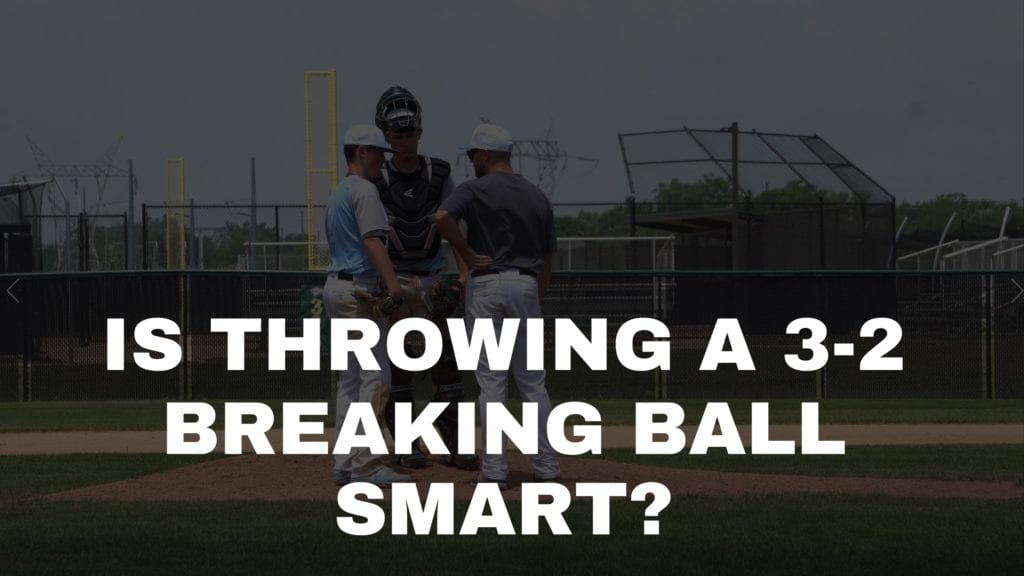*This article may contain product links which pay me a small commission if you make a purchase. Learn more.
Pitch calling in baseball is one of the more fascinating aspects of being a pitcher. Though every pitch call is essentially an educated guess, pitch selection can easily be the difference between a great game and a terrible game.
Today, let’s discuss a controversial pitch call: the 3-2 breaking ball.
Is It Smart To Throw a 3-2 Breaking Ball?
This is entirely dependent on a few factors:
- The pitcher and his ability to command his breaking ball
- The situation
- The hitter
- The at-bat as it’s played out thus far
YES
Times When a 3-2 Breaking Ball is Smart
NO
When Not To Throw a 3-2 Breaking Ball
What Did I Leave Out?
Leave a comment below: What other situations belong on this list? Do you think the 3-2 curveball or slider is a smart pitch call?
Subscribe to My Weekly Newsletter & YouTube Channel
I emailed this article to my list of 3000+ subscribers. You should be one of them–sign up for my newsletter here.
And, be sure to subscribe on YouTube where I post smart baseball videos on topics just like this one.
Thanks for reading! Leave a comment below.
Dan Blewett
